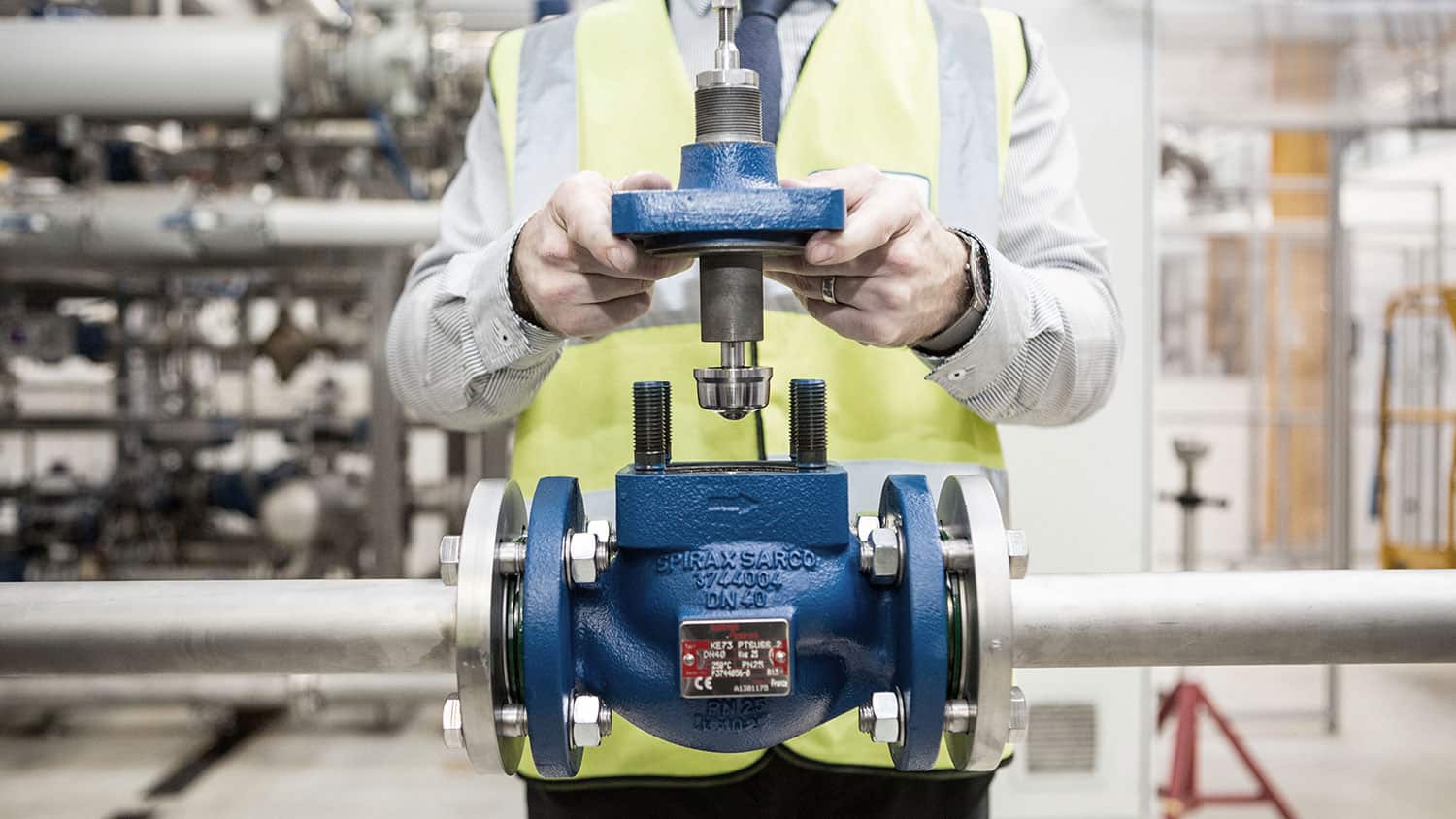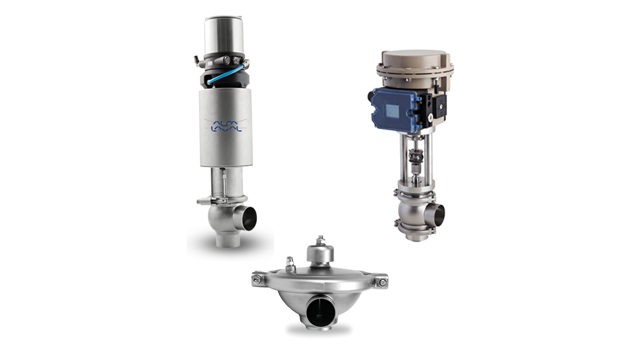Choosing the Right Control Valves: A Guide to Optimum System Efficiency
Achieve Seamless Assimilation and Control With High Quality Structure Automation Controls
In the realm of contemporary structure management, the importance of high quality building automation controls can not be overstated. Accepting high quality structure automation controls is not just an issue of comfort but a calculated vital for organizations aiming to maximize their centers' efficiency and sustainability.

Development of Structure Automation Controls
Throughout the previous couple of decades, the advancement of constructing automation controls has actually dramatically transformed the way structures are handled and run. Originally, constructing automation systems mainly concentrated on fundamental functions such as regulating heating, ventilation, and air conditioning (HEATING AND COOLING) systems. As technology progressed, these controls have become more sophisticated, permitting for a wider array of structure systems to be integrated and managed centrally.
The development of constructing automation controls has actually seen a shift towards even more intelligent systems that can adapt to altering problems in real-time. This adaptability is important for maximizing energy effectiveness and guaranteeing resident convenience. Furthermore, modern structure automation controls now use functions such as anticipating maintenance, remote surveillance, and information analytics, enabling facility managers to make data-driven decisions to improve structure efficiency.

Advantages of Top Quality Integration
The innovation in building automation regulates in the direction of more intelligent systems has underscored the significant advantages of top quality assimilation in enhancing structure procedures and boosting total effectiveness. This central control likewise supplies much better exposure and insights into structure efficiency, making it possible for positive maintenance and optimization approaches. Overall, the benefits of top quality combination in building automation controls are indisputable, supplying enhanced efficiency, convenience, and functional efficiency.
Improved Customer Experience and Availability
Enhancing user interaction with structure automation controls through intuitive design and improved ease of access elevates the total experience for owners and facility supervisors alike. By concentrating on customer experience, developing automation systems can become more easy to use and efficient. Instinctive interfaces, clear navigating, and customizable setups equip customers to interact with the controls easily and efficiently.
Accessibility functions play an important role in ensuring that all people, consisting of those with handicaps, can use the structure automation manages easily. Including functions such as voice browse around this site commands, responsive switches, and color-contrasted display screens can improve accessibility and make the controls a lot more comprehensive.
Additionally, boosted user experience brings about higher user satisfaction, boosted performance, and better decision-making. Passengers can readjust environmental setups according to their choices, while facility supervisors can effectively handle and keep an eye on structure systems - control valves. On the whole, focusing on individual experience and access in structure automation manages contributes to a much more smooth and efficient building setting for all stakeholders entailed
Lasting Practices With Automation

Moreover, automation can facilitate the assimilation of renewable power sources such as solar panels or wind generators into building operations. Through automation, buildings can line up with modern-day sustainability objectives and contribute to a greener future.
Future Trends in Building Control Solution
In anticipation of advancing technologies and developing sustainability methods, the trajectory of structure control systems is poised to embrace innovative services and transformative strategies. One prominent trend forming the future of structure control systems is the raised integration of Expert system have a peek at these guys (AI) and equipment understanding. These technologies allow buildings to adjust in real-time to changing conditions, maximizing power usage and boosting comfort for owners. Furthermore, the Net of Things (IoT) is changing building control systems by linking tools and sensors to enhance operations and boost effectiveness.
One more crucial fad is the emphasis on cybersecurity steps to secure versus potential dangers to constructing automation systems. As buildings become much more interconnected, making sure durable cybersecurity protocols will certainly be essential to guard delicate data and prevent unauthorized access.
Moreover, the shift in the direction of cloud-based systems is gaining momentum, allowing for centralized control and remote access to structure systems. This assists in simpler monitoring, maintenance, and updates, boosting the total performance and versatility of building control systems. As modern technology remains next to advance, these patterns are expected to shape the future landscape of structure automation controls, driving technology and sustainability in the constructed setting.
Verdict
Finally, developing automation controls have actually advanced dramatically, using various advantages such as boosted individual experience, availability, and lasting methods. Quality combination plays a vital function in attaining seamless control and effective procedure of structure systems. Future trends in structure control systems are likely to concentrate on additional enhancing automation capacities for boosted energy effectiveness and total performance. It is vital for building proprietors and drivers to focus on the adoption of top quality structure automation regulates to maximize building procedures and achieve lasting sustainability goals.
In the realm of contemporary structure management, the relevance of quality building automation controls can not be overstated. On the whole, the advancement of building automation manages proceeds to drive innovation in the building administration sector, supplying brand-new opportunities for creating smarter and much more sustainable buildings.
The improvement in structure automation regulates towards more intelligent systems has actually emphasized the substantial advantages of top quality combination in enhancing building operations and boosting overall efficiency. Generally, prioritizing user experience and availability in structure automation manages contributes to a more seamless and productive structure setting for all stakeholders included.
It is crucial for structure proprietors and drivers to focus on the adoption of high quality building automation controls to enhance building operations and attain lasting sustainability objectives. - control valves